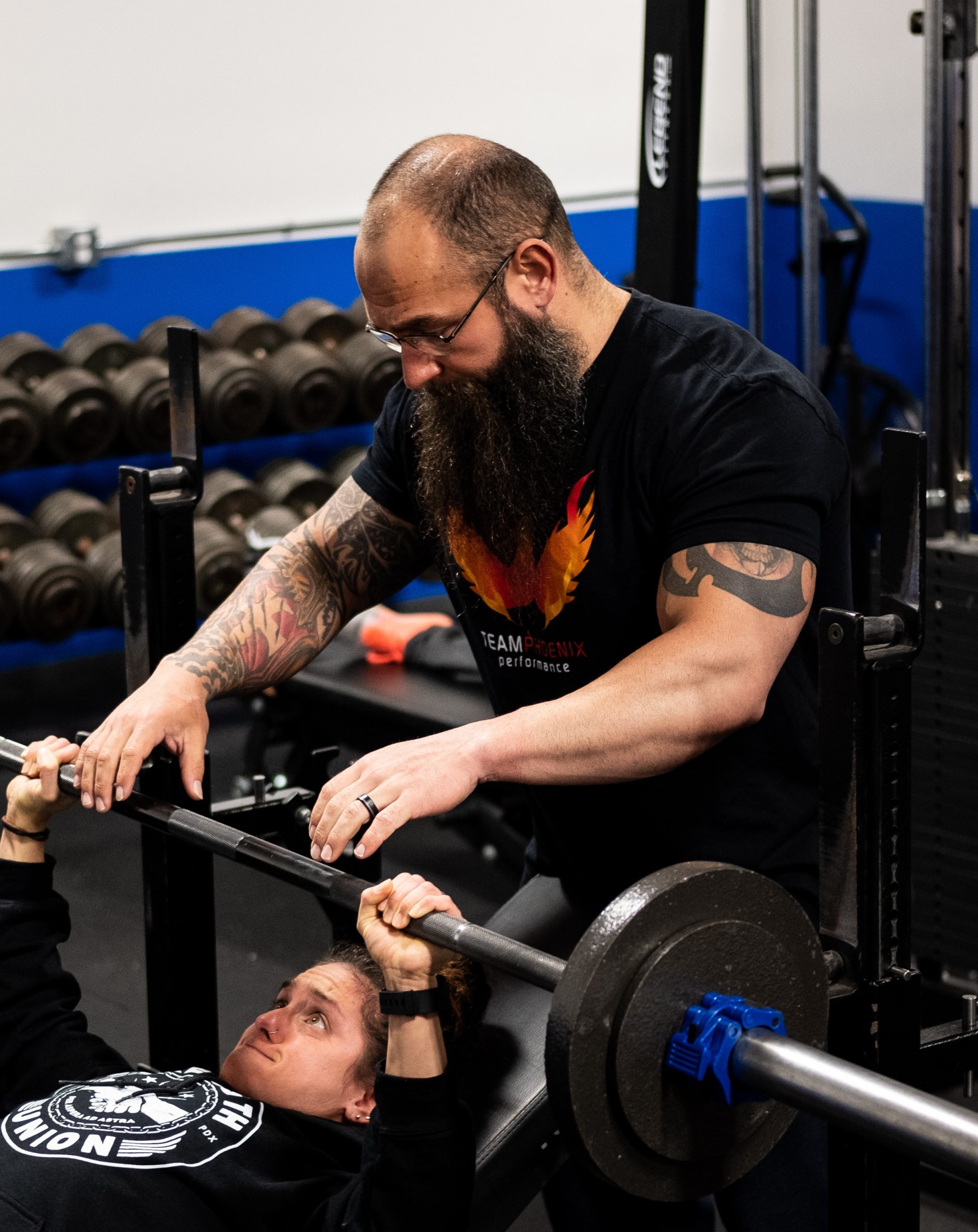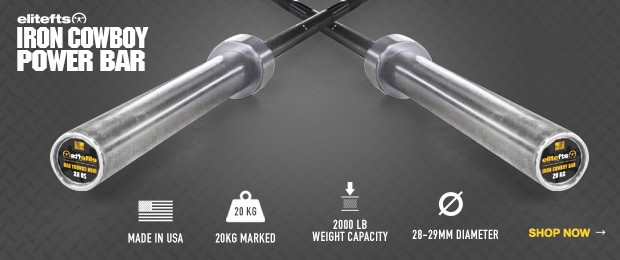
When looking at the different energy systems in the body we are looking at ones that require oxygen (aerobic metabolism) and ones that don’t (anaerobic metabolism). Aerobic metabolism utilizes the Krebs cycle and the ETC to create ATP that gets used during longer duration activities such as a 5k. It becomes the predominate source to provide energy to the body, but it is a part of every process that requires energy. Anaerobic metabolism relies more on the phosphagen system and the glycolytic system to produce energy/ATP. The phosphagen system is the dominate system in bouts of exercise that last 0-5secs and the glycolytic system dominates during exercises that go beyond that until the 2-minute mark, beyond that the aerobic system takes over as the dominate source of energy. All three energy systems play a role in both the Wingate test and a 5k run, they just shift priority of use depending on the intensity of exercise and duration.
Glycolysis is the first stage of glucose degradation within the skeletal muscle involving a series of chemical reactions. The first stage results in the anaerobic production of ATP. This occurs for bouts of exercise that last around 120 seconds in duration of maximum effort. It relies on 10 chemical reactions to break down glucose to pyruvate to form ATP quickly. This does occur in both the Wingate and the 5k, during the Wingate which is a high intensity bout, it can start to become depleted. When this happens some of the pyruvate it formed now gets turned into lactate, as the exercise intensity increases the energy demands of the muscle exceed the oxygen supply or its rate of use and the mitochondria can’t process all of the hydrogen. Lactate acts as a substrate for oxidative metabolism in contracting skeletal and cardiac muscle contributing to 30% of total carbohydrate oxidation.
As strength athletes it is good to train all of these modalities because an improvement in aerobic capacity can lead to better recover in between sessions and an improvement of the PCr and glycolytic can help improve your recovery and capacity during training. Understanding this dynamic you want to think about how these energy substrates utilize nutrients and the demand they have on your recovery so you can plan your conditioning and food appropriately to meet those demands. The higher volume training and longer duration conditioning (glycolytic and aerobic) requires more carbohydrates and when duration is low and volume is during heavy training bouts carbs are not as important.









